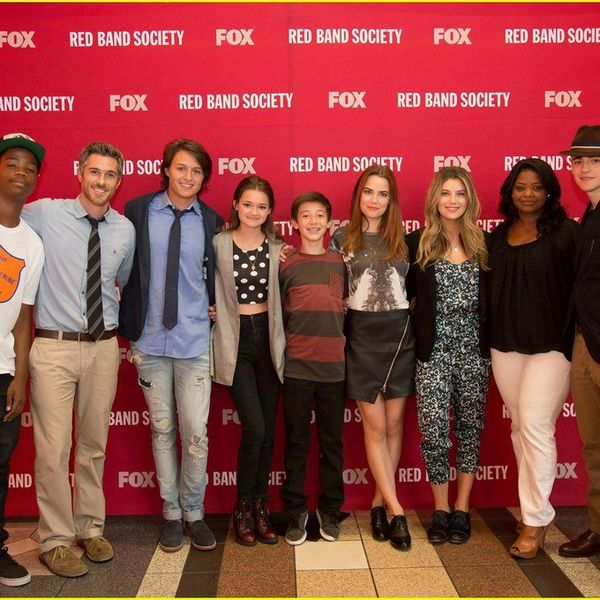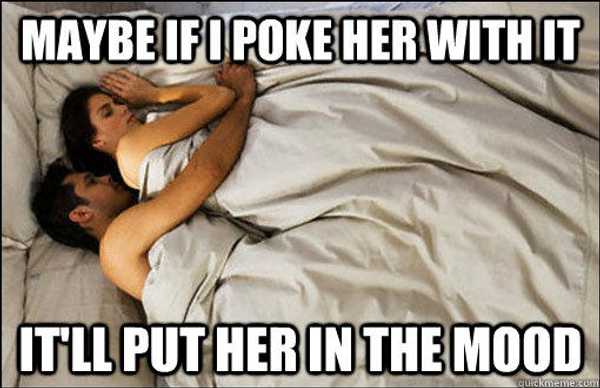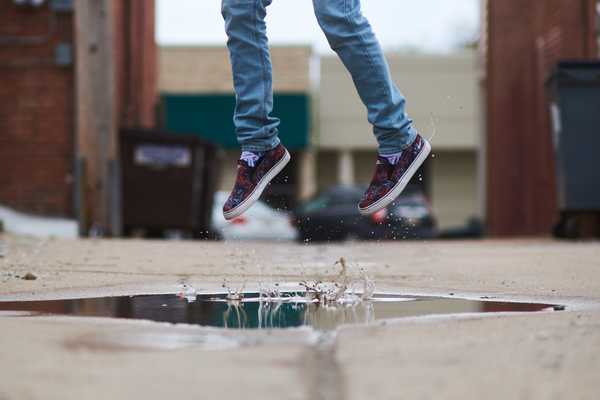Quitting soccer at the end of eighth grade was more relieving than bittersweet. After nine years of playing the sport with my dad as the coach and with several veteran teammates, I was burnt out rather than excited for more. Over the years I had grown tired of the sport and its obligations, which I’m not sure was due to actual boredom, or a resistance to accepting the fact that a sport, like any other skill, requires consistent drive and ambition. But I didn’t have a lot of time to analyze my decision, because soon after it I was thrown into the chaotic, sometimes tumultuous, and always demanding world of high school. For most of high school, my homework was my priority, while mostly everything else was chucked to the sidelines.
One of those neglected activities, which had served as a regular habit before high school, was exercise. Now I didn’t become a carelessly sedentary person who avoided any modicum of physical exertion, but sitting at my dining room table each day for hours on end, along with walking a total of 10 minutes to and from school, certainly didn’t put me in the best shape; getting my license didn’t help the matter. Don’t get me wrong, I was healthy, I felt fine, I wasn’t fat, but I metaphorically felt heavy, like my body reached a cumulative stagnancy, in need of some sort of revival. One day I decided to combat this sluggishness by trying a Pilates video suggested by my sister. She was invested in Cassey Ho’s channel for Blogilates, which has hundreds of POP Pilates videos targeting body areas like the abdominals, arms, legs, back, etc. It took me a lot of motivation to actually sit down on the yoga mat and complete the first video in the series, but looking back on it, I’m so grateful that I did. “Yep, you’ll be sore tomorrow,” “you know that kind of pain, that just hurts so good? Yeah, embrace that.” These were just some of the many messages Cassey would gracefully announce throughout the 30-minute video, that in my perception lasted for hours as I trembled and nearly died from the endless leg circles and half-cobra push-ups. The next morning I could barely move my legs as I struggled to summon enough strength to saunter into the bathroom, where I immediately plunked down on the toilet seat to end my misery.
Throughout the day at school and at home, I grumbled every time I moved my legs, reminded of my intense workout via the most stubborn and, in my opinion, most ridiculous pain. Every time I moved my limbs, I envisioned rusty, cumbersome pieces of metal under my skin, scraping against each other, screeching ruthlessly after years of disuse - what a beautiful thought. But then I sat down (which was a popular activity for me that day), and tried to think about my pain in a practical sense. I didn’t hurt because exercise is a relentless bitch that hates everyone who engages in it, I hurt because I had strained my body in a personally unconventional manner. I had activated those dormant, metal pipes, engaging them dynamically and forcefully, contorting myself in an unusual way. Of course I was going to hurt. My muscles hadn’t been engaged like that since my soccer days, and I was literally and figuratively rusty. Instead of looking at the situation negatively, I tried to expand my thought process into more of a game plan. The only way that I was to overcome this paralyzing pain was to persist, to get stronger, and to use my pain as a stepping stone, as a way to channel my determination to settle for nothing less than my best. So I continued the beginner’s workout calendar, and was amazed to see how the pain gradually allayed as I lubricated the pipes, yielding exercise as a more organic part of my routine. Yet it wasn’t that the pain evaporated and that my exercises proceeded absent of pain. It was the cultivation of a collective understanding: that progress and overall satisfaction required the ingredient of pain, an accepted but critical part of my development.
For so long I was perplexed when people in school would complain to me about the pain and soreness in their legs after cross country practice, or pain in the arms and all over after intense conditioning from yesterday’s practice. I would wonder silently why anyone would ever put their bodies through that, why anyone would seek out such pain. But after doing my first Pilates video and being unable to get up from the toilet seat the next day, and after doing more workouts and stretches, I made a special connection, one that endowed me with a more lucid understanding. I saw how pain comes concomitant with progress, and that it actually plays a key role in the exultant aspect of exercise and advancement in which we partake. I’ve learned in psychology class that when our bodies experience pain and intense exercise, endorphins are released, which mimic opiates in producing a sense of euphoria, equivalent to the feeling of ‘walking on air.’ Thus though we may feel pain, these neurotransmitters dash from neuron to neuron, working to mask the pain and oftentimes transforming it into a pleasurable experience. This surprisingly positive aspect of pain appears deeply rooted in our biology, as it may have permitted our ancestors to overcome the pain associated with running or traveling long distances to escape predators and gather food. And in today’s modern world of cars, urbanization, and prevalence of humans, the biological mechanisms which served us in the past have prevailed, gracing us with an almost magical ability to ignore or enjoy our pain. Our capacity to take our pain and use it (and perceive it) as a tool rather than as an insurmountable hurdle is one of the greatest gifts that human beings possess.
In John Green’s book “Looking for Alaska,” the main character Pudge writes in a pensive letter at the end of the novel, “we are greater than the sum of our parts,” and that “we are as indestructible as we believe ourselves to be.” These empowering concepts are inextricably intertwined with the concept of human pain. If we were to look at ourselves objectively, we would see walking, talking units of skin, bones, muscles and hair, pieces of matter combining in a unique way to construct the recognizable species we represent. Thus from an anatomical perspective, our parts sum to a modest amount. Yet we, as the diverse, talented, emotional, ambitious, terrified, accomplished, brave, and dogged individuals that we are, amount to far greater than the logical sum of our physical parts. One of the reasons for this discrepancy is humans’ constant drive for stimulation and growth. When we move our muscles and manipulate them in a way in which our bodies are not accustomed, they will naturally be sore, parts that have grown habituated to their routine and now have been struck with an unexpected task. But the capacity of these muscles, coupled with one’s pragmatism and determination to strengthen themselves, will help them transcend their pain. For we are indestructible in the way that we are malleable, resilient, and that we can adapt to almost anything that requires our attention and focus. Our pain helps us understand that we are able to trump aversive forces against us, allowing us to overcome the limitations of our physical parts. Our adaptation is ingrained in who we are - a form of adaptation geared toward improving ourselves and our strength. Experiencing pain, whether emotional or physical, is not only a reminder that we are alive, but is one telling us that we are indestructible, in the sense that we cannot be destroyed by the phenomena that inflict pain upon us.
Hence, when we experience pain, we revel in the fact that we are still alive, that we are moving and operating in spite of whatever spurred the pain. We must realize that our pain is a sign that we can ameliorate, solidify our muscles, and maneuver, build, and achieve so much more than what we may think. Once we make that realization, once we unequivocally accept our pain, it no longer acts as an impediment to our progress. Just this past April, my sister ran the Boston Marathon, an unprecedented feat in my family. After crossing the finish line and recuperating while wrapped in her thermal blanket, she told us that by the eighth mile, her knees started to kill. With 18 miles left, this condition certainly wasn’t ideal; but my conjecture is that she used her pain as a source of strength, because she knew that she was running despite the pain, a sufficient sign that her fortitude would emerge as the victor over her recalcitrant knees.
From the way I’m describing my experiences, it may seem that my recognition of the importance of pain can be ascribed to a revelation. Yet in actuality, this realization has developed over the years, ever since I did that first Pilates video, as I’ve further observed and experienced the world. The notion of pain's necessity is a concept that has helped me stay focused and resolute in my activities and endeavors. And over the years I have noted the diverse forms of pain, including physical, emotional, and spiritual. Dealing with the death of loved ones has been a source of emotional, enduring pain, especially the death of my aunt Kathleen in 2014. I've felt the pain of those around me going through unimaginably difficult changes in their lives, and also going through unrelenting illnesses. But both I and those around me have not become paralyzed by such events, garnering strength from them as we trek onwards through the oftentimes painful maze of twists and turns we call life. Accepting pain and fully embracing it breaks down the barrier between our visions and our reality, allowing us to continue on regardless of the circumstances.
I maintain that pain is often a prerequisite for hard work, for commitment, but more importantly for passion, passion for life and all of its elements. I still keep up-to-date with Cassey and her videos, which only grow more difficult, and now I have started to run, which has certainly been replete with its painful challenges. But I always tell myself to embrace the pain, to live and breathe it, to oil my pipes and to make them better and stronger than ever. Seek out pain, absorb it, accept it, and conquer it while doing what you love, because, in the words of Cassey, a world without pain is a world without gain, but more importantly, a world without pain is a world without thrill, devoid of opportunity, achievement, progress, and the indescribable, irreplaceable feeling of passion. Pain is indeed a precursor to ambition, to a drive to be tenacious and successful, to ensure that what you desire is paramount to the petty obstacles that were once obstructing you. Love yourself and life until it hurts, until you're aching, yawning, crying, stumbling, stinging with pain, good pain, by extracting the most you can out of life, using pain as a tool for reaching your most passionate you.





















